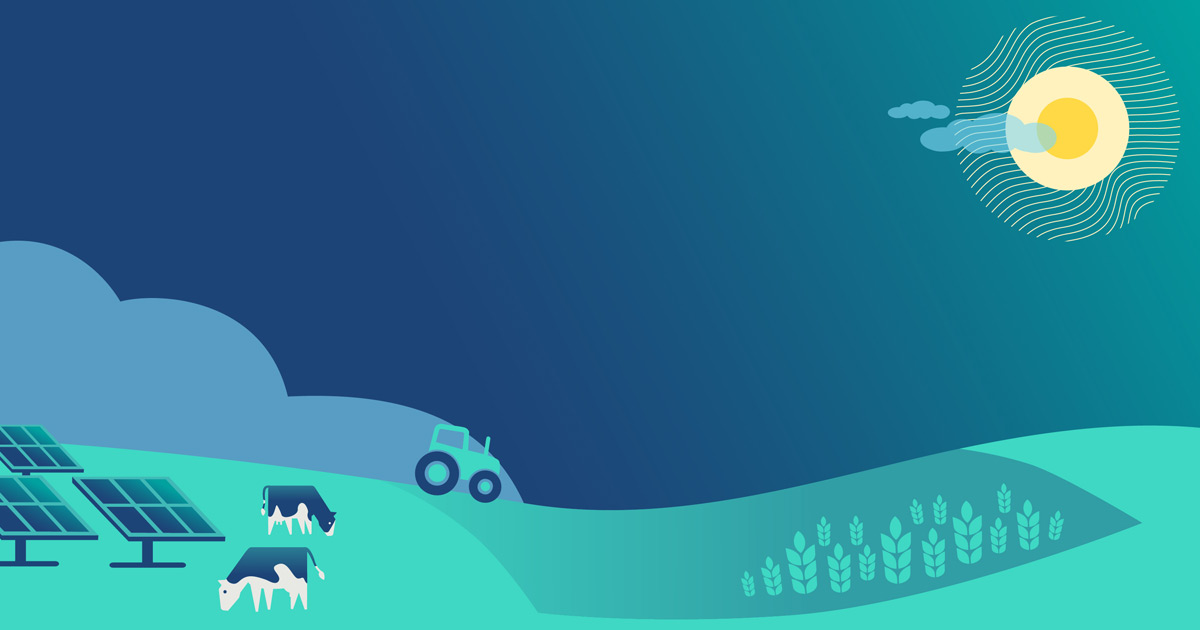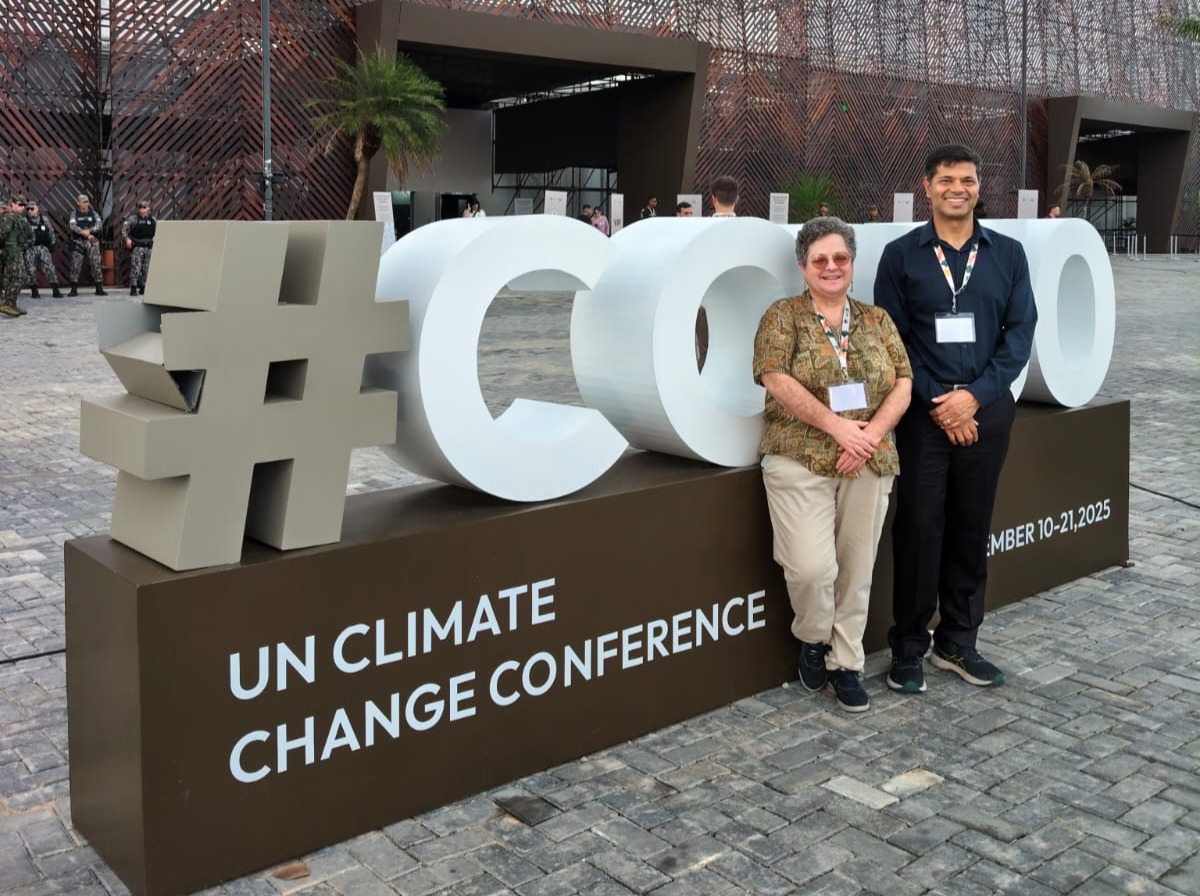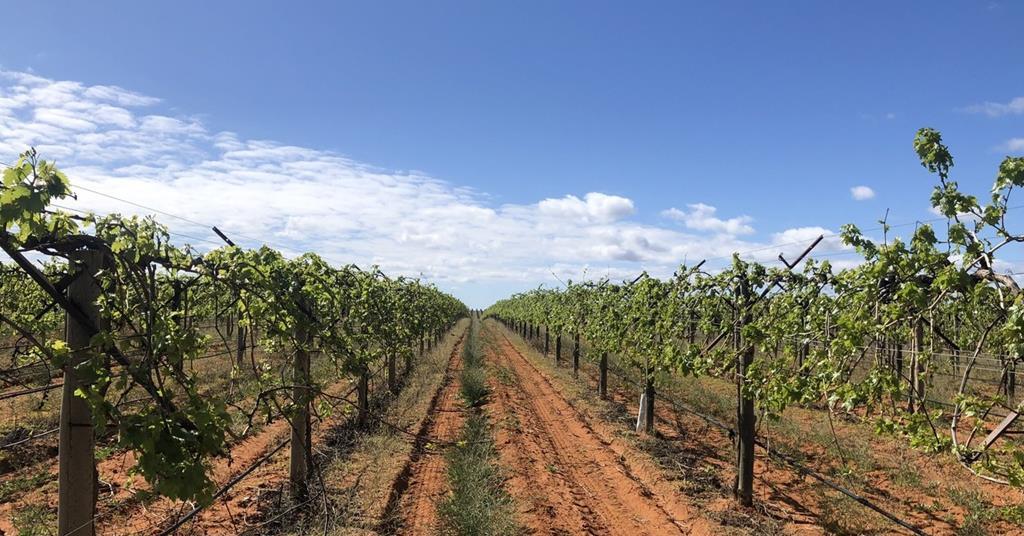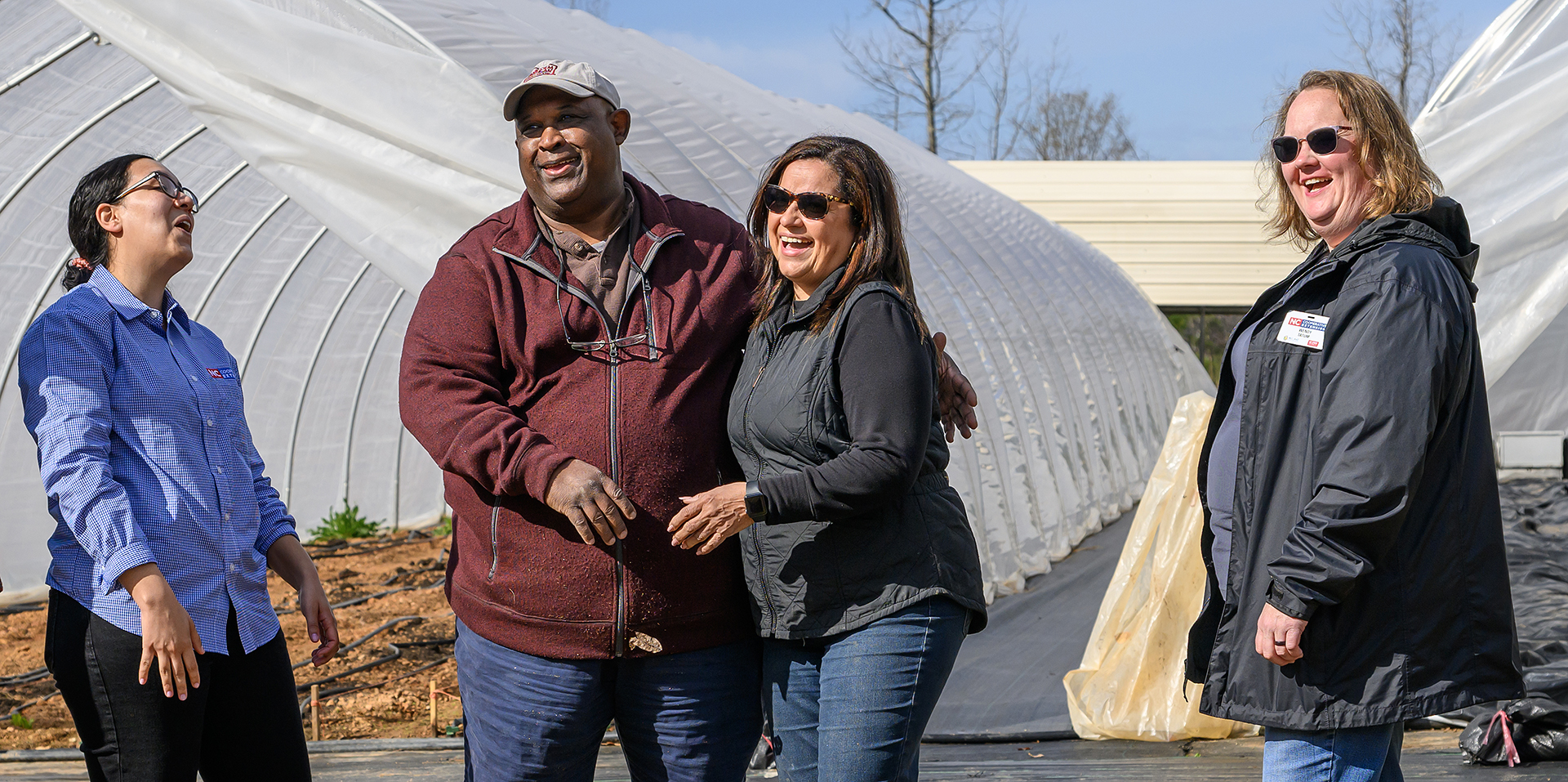Egypt weighs expanding desalination of agricultural drainage water to bolster food production – Dailynewsegypt

Egypt’s Strategic Initiative on Water Desalination for Sustainable Agriculture and Food Security
Introduction: Addressing Water Scarcity through Innovation
In response to increasing water scarcity, the Egyptian Ministry of Water Resources and Irrigation is investigating the expansion of desalination for agricultural drainage water. This initiative directly supports the national strategy for intensive food production and aligns with key Sustainable Development Goals (SDGs), particularly SDG 2 (Zero Hunger) and SDG 6 (Clean Water and Sanitation).
Core Objectives and Alignment with Sustainable Development Goals
The project is designed to create a sustainable framework for agriculture by integrating advanced water treatment technologies. Its primary objectives are:
- Enhancing Food Security (SDG 2): The initiative aims to “produce more food with less water” by supplying desalinated water for high-intensity agriculture. This directly contributes to achieving food security and promoting sustainable agricultural practices in a water-stressed environment.
- Ensuring Sustainable Water Management (SDG 6): By treating and reusing agricultural drainage water, Egypt is advancing sustainable water management. The project addresses the challenge of rising salinity in reused water, making desalination a critical component for ensuring water quality and availability for agriculture.
- Fostering Innovation and Responsible Production (SDG 9 & SDG 12): The focus on scientific methods to reduce desalination costs and improve economic feasibility underscores a commitment to innovation. Furthermore, the initiative promotes a circular economy by exploring productive uses for desalination brine, a waste byproduct.
Key Components of the Research Study
A new research study, developed in cooperation with Dutch partners, will form the foundation of this initiative. Its terms of reference include:
- A detailed assessment of salinity levels across Egypt’s agricultural drainage systems to identify areas where desalination is essential.
- An analysis of the economic feasibility of using desalination technologies specifically for high-value, intensive food production.
- An exploration of potential applications for the highly saline brine generated during desalination, including:
- Extraction of valuable minerals and salts.
- Cultivation of high-salinity tolerant species such as brine shrimp (Artemia) and specific types of algae.
International Partnerships for a Sustainable Future (SDG 17)
The initiative emphasizes global collaboration as a key driver of success. Egypt is actively working with international partners and studying successful models from countries that have faced similar challenges. This knowledge exchange, citing examples from Morocco, Spain, and Australia, is crucial for accelerating Egypt’s transition toward integrating desalinated drainage water into its agricultural sector, thereby reinforcing the principles of SDG 17 (Partnerships for the Goals).
Analysis of Sustainable Development Goals in the Article
1. Which SDGs are addressed or connected to the issues highlighted in the article?
- SDG 2: Zero Hunger: The article’s central theme is using desalinated water for “intensive food production” to achieve “food security” in the face of water limitations.
- SDG 6: Clean Water and Sanitation: The core issue is water management, specifically addressing “water scarcity” through the “treatment and reuse of agricultural drainage water” and desalination.
- SDG 9: Industry, Innovation, and Infrastructure: The article discusses the adoption of “desalination technologies” and the need for “scientific methods to reduce desalination costs,” which relates to developing sustainable and innovative infrastructure.
- SDG 12: Responsible Consumption and Production: The strategy involves reusing agricultural drainage water and exploring uses for desalination byproducts like brine (“mineral and salt extraction”), which promotes the efficient use of natural resources.
- SDG 17: Partnerships for the Goals: The article explicitly mentions international collaboration, noting the study is “developed in cooperation with Dutch partners” and will be informed by “successful international models from Morocco, Spain, and Australia.”
2. What specific targets under those SDGs can be identified based on the article’s content?
- Target 2.4 (under SDG 2): “By 2030, ensure sustainable food production systems and implement resilient agricultural practices…” The article directly addresses this by discussing plans for “intensive food production” and adapting agricultural practices to cope with “mounting water scarcity” through the use of desalinated drainage water.
- Target 6.3 (under SDG 6): “By 2030, improve water quality by…substantially increasing recycling and safe reuse globally.” The entire initiative is centered on the “broader treatment and reuse of agricultural drainage water.”
- Target 6.4 (under SDG 6): “By 2030, substantially increase water-use efficiency across all sectors…” The minister’s call to “produce more food with less water” is a direct reference to increasing water-use efficiency in agriculture.
- Target 9.4 (under SDG 9): “By 2030, upgrade infrastructure and retrofit industries to make them sustainable, with increased resource-use efficiency and greater adoption of clean and environmentally sound technologies…” The plan to expand “desalination for agricultural drainage water” represents an adoption of technology to make agriculture more sustainable and resource-efficient.
- Target 12.2 (under SDG 12): “By 2030, achieve the sustainable management and efficient use of natural resources.” The strategy of reusing drainage water and finding applications for the saline brine byproduct demonstrates a commitment to resource efficiency and circular economy principles.
- Target 17.6 (under SDG 17): “Enhance North-South, South-South and triangular regional and international cooperation on and access to science, technology and innovation…” The mention of cooperation with “Dutch partners” and learning from models in “Morocco, Spain, and Australia” directly aligns with this target.
3. Are there any indicators mentioned or implied in the article that can be used to measure progress towards the identified targets?
- Salinity Levels: The article states that the shift to reusing water “requires detailed assessments of salinity levels across drainage systems.” This serves as a direct indicator for water quality (Target 6.3).
- Volume of Reused Water: The expansion of desalination and reuse of “agricultural drainage water” implies that the volume of water being treated and reused is a key metric for progress (Target 6.3).
- Food Production Volume: The goal of “intensive food production” and “food security” suggests that measuring the amount of food produced using this new water source would be a critical indicator (Target 2.4).
- Water-Use Efficiency: The minister’s statement to “produce more food with less water” implies an indicator measuring the ratio of food output to water input (e.g., kilograms of crop per cubic meter of water) (Target 6.4).
- Cost of Desalination: The emphasis on the “economic feasibility of desalination technologies” and the need to “reduce desalination costs” points to the cost per unit of desalinated water as a key performance indicator for technological innovation (Target 9.4).
- Utilization of Byproducts: The exploration of uses for “highly saline brine,” such as “mineral and salt extraction” or cultivation of “brine shrimp,” suggests that the volume or value of these recovered resources could be an indicator of resource management efficiency (Target 12.2).
4. Summary Table of SDGs, Targets, and Indicators
| SDGs | Targets | Indicators |
|---|---|---|
| SDG 2: Zero Hunger | 2.4: Ensure sustainable food production systems and resilient agricultural practices. | Volume of “intensive food production” achieved with desalinated water. |
| SDG 6: Clean Water and Sanitation | 6.3: Substantially increase recycling and safe reuse of water. | “Salinity levels” in drainage systems; Volume of “reused agricultural drainage water.” |
| 6.4: Substantially increase water-use efficiency. | Ratio of food produced to water consumed (“produce more food with less water”). | |
| SDG 9: Industry, Innovation, and Infrastructure | 9.4: Upgrade infrastructure and adopt clean and environmentally sound technologies. | “Economic feasibility” and reduction in “desalination costs.” |
| SDG 12: Responsible Consumption and Production | 12.2: Achieve the sustainable management and efficient use of natural resources. | Volume/value of byproducts from brine (e.g., “mineral and salt extraction,” “brine shrimp”). |
| SDG 17: Partnerships for the Goals | 17.6: Enhance international cooperation on science, technology, and innovation. | Number of active international partnerships (“cooperation with Dutch partners,” learning from “Morocco, Spain, and Australia”). |
Source: dailynewsegypt.com
What is Your Reaction?
 Like
0
Like
0
 Dislike
0
Dislike
0
 Love
0
Love
0
 Funny
0
Funny
0
 Angry
0
Angry
0
 Sad
0
Sad
0
 Wow
0
Wow
0
















































:focal(1500,1000)/https://media.globalcitizen.org/a6/9a/a69a4720-d8a1-4715-b596-18738d03c05c/rotary_polio_hero_image.jpg?#)







/countries/sri-lanka/photo-credit---dmc-sri-lanka.tmb-1200v.jpg?sfvrsn=dc298bcc_1#)


















